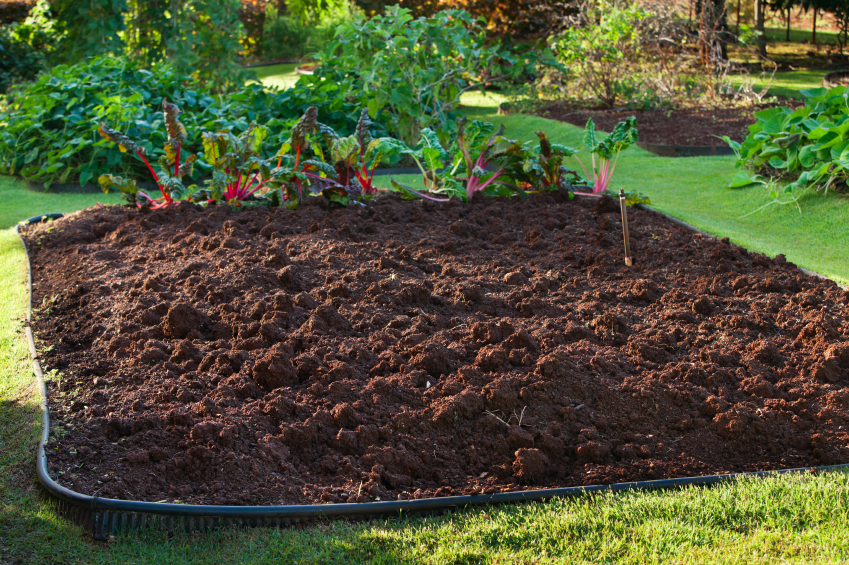All gardeners at one time or another have to sit back and decide what they like — and don’t like — about their garden. A successful garden needs a purpose, but because we are not static creatures, that purpose can change over the years.
Both the gardener and the garden age together, so gradually there is more shade and some plants lose their welcome. What worked in a young garden doesn’t necessarily spell success in a mature one.
Our gardens tell our stories, which is one of the reasons it is so hard to maintain a garden after the guiding spirit has left the premises. Seeking to grow every known rose in existence in the early 1800s, the Empress Josephine created a famous rose garden at Malmaison, one that succumbed to vandalism and neglect after her death.
Thomas Jefferson’s vegetable garden at Monticello once contained 330 varieties of vegetables; now during its amazing comeback this vegetable garden is similar to the one Jefferson planned but is also different. For one thing, the vegetable rows now have greater distance between them than they did in Jefferson’s time.
In order to find our purpose in the garden, it is helpful to ask ourselves, Why do we garden? Most of us would mutter that it makes us feel good or makes us feel closer to nature. However, gardens are unnatural creations – nature wants to colonize our gardens while we, in the name of weeding, want to stop this process.
Most of us start out thinking that gardens and flowers go together. Where I live in the South, it is feasible to plan a garden that is filled with blooms 12 months of the year (although January can be problematic). Initially we might thrill at the sight of an azalea in full bloom before we realize that 11 months of the year that azalea is a drab shrub with insignificant leaves. Then we must ask ourselves whether the three weeks of bloom warrants 49 weeks of inconsequential presence in the garden, room that could be taken up by a more interesting plant.
The point I’m trying to make is that the azalea isn’t a bad plant, but it does require a decision as to whether it belongs in a particular garden or not. It’s legitimate to take out a plant because of dislike; I would submit that it’s unreasonable to keep a plant just because it’s a popular plant.
I started out thinking that I would want to bring flowers into my house, but I quickly realized that I personally prefer the flowers on the plant. I also found that I treasure many plants, not for their flowers, but for their leaves. A Colocasia with its gaudy leaves grows well near the windmill palm, Trachycarpus fortunei. I adore Fatsia japonica but feel only its mother could appreciate its homely flowers, which appear every autumn.
I sometimes think that many gardening rules are made to be broken. We’re assured that we should buy plants in odd numbers — and I unaccountably find myself buying two or four specimens of a plant. It all depends upon their placement in the garden. Once a landscape architect advised me to always buy 25 specimens of a particular plant; he was after large waves of color, something I’m not. I’d rather have 25 different plants.
Gertrude Jekyll decreed that the color magenta had no legitimate place in the garden because, it turned out, the lady disliked the color with a passion. For a long time, conventional wisdom held that magenta must be avoided, but then gardeners discovered that Phlox "Robert Poore" and Salvia greggii "Big Pink" looked pretty good in the garden.
We all have gardening restrictions we have to work around: weather, deer and other creatures, and the amount of sunlight are determining factors defining how we garden. But it’s also important to let your garden tell your story. And sometimes determining what story you want to tell is the hardest part of gardening.









